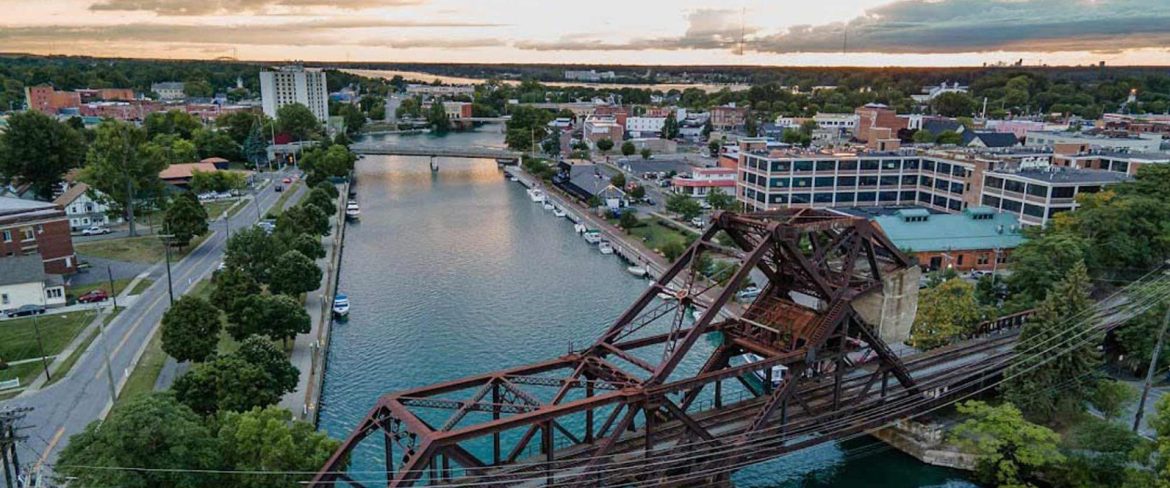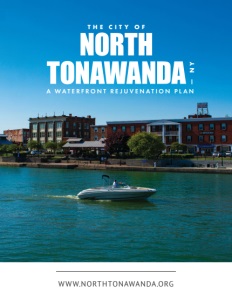A Waterfront Rejuvenation Plan
How a small city is leveraging its water assets to drive economic growth
North Tonawanda, a city of approximately 32,000 residents spanning 11 square miles in Niagara County, New York, finds itself in an enviable geographic position. With three sides bordered by water—the Niagara River and Erie Canal—this 125-year-old community is leveraging its natural assets to drive economic growth while preserving its distinctive character.
“We have a thriving downtown business district located by the canal,” explains Mayor Austin Tylec. “Our city includes over a dozen unique parks scattered throughout, and we have Tonawanda Island, which has significant historic ties to our industrial past. We were once known as the lumber city because timber was a major industry here many years ago.”
The waterfront has become North Tonawanda’s defining feature and economic engine. Laura Wilson, Director of Community Development for the City of North Tonawanda, notes how the city has systematically developed these resources: “We’ve used our waterfront as an asset and something we’ve leveraged as downtown was slowly starting to evolve. Back in the nineties, we redeveloped Gateway Harbor Park based on recommendations from the New York State Canal Corporation, creating a waterfront park where people could visit.”
This strategic location between Niagara Falls and Buffalo positions North Tonawanda as a destination and a connecting point. The city’s leadership is now focused on expanding its appeal beyond seasonal visitors. “We’re looking at ways to make Gateway Harbor an asset in the winter months too,” says Wilson. “Our goal is to make North Tonawanda a year-round destination for every demographic and interest, whether businesses, residents, or visitors.”
Revitalizing the Waterfront and Business District
North Tonawanda’s downtown revitalization story is one of methodical planning and strategic investment. At the heart of this transformation is the historic Riviera Theatre, which has served as the anchor of the downtown district for decades. From this foundation, the city has built a diverse commercial ecosystem that now boasts an impressive array of dining options.
“We have a ton of different businesses downtown. Over time, restaurants started springing up alongside various shops, creating a real diversity of options—Italian, French, Mexican, American—you name it,” says Mayor Tylec. “We’re also updating our local waterfront revitalization plan and our comprehensive plan, with much of the focus on enhancing our waterfront areas and creating more ways for the public to engage with them.”
The city’s development has been propelled by significant state funding secured through careful planning. “We were recognized in 2017 with a $2.5 million award from the Smart Growth Fund through Empire State Development,” Wilson explains. “With those funds we implemented placemaking improvements throughout Webster Street and Gateway Harbor, including upgrades for boaters, walkability enhancements, pedestrian-scale lighting, and wayfinding features to set the stage for future development.”
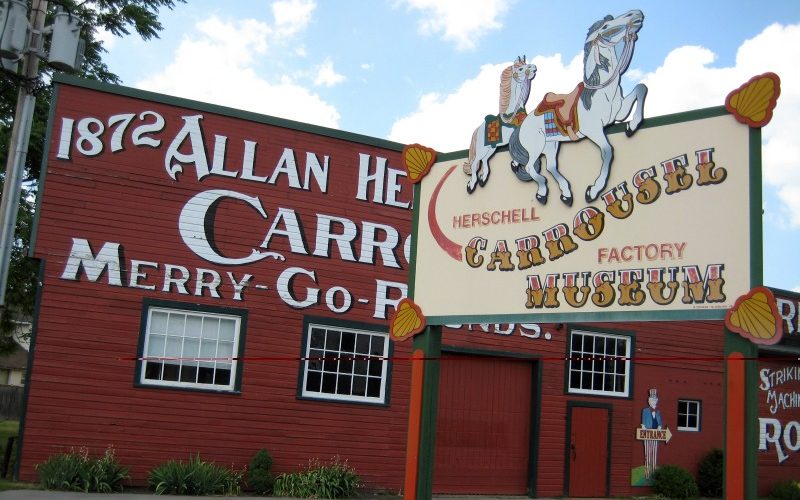
This momentum continued with a $10 million Downtown Revitalization Initiative award in 2021, following a year-long planning process. The focus has now expanded beyond the thriving core. “Downtown has grown their wings—they have been successful ” says Wilson. “But now our focus has shifted toward expanding our downtown footprint to include Tonawanda Island, the Main Street corridor, and Oliver Street, which is a more depressed area of our city that we’re working to revitalize.”
Tonawanda Island: A $35 Million Catalyst for Future Development
Tonawanda Island represents North Tonawanda’s most ambitious redevelopment opportunity—a former industrial hub set for transformation through strategic public-private partnerships. The island’s industrial legacy is giving way to a mixed-use vision that city leaders hope will trigger broader investment across 37-acres of privately owned property on the island.
“The city only owns the land that the water treatment plant is on, plus about four acres when you go over the bridge to the island. The rest is privately owned,” Mayor Tylec explains. “Our ability to capitalize on those four city owned acres is critical—we’re trying to set the tone for adjacent private land development. We want to be the catalyst piece.”
This catalyst has taken the form of a recently approved $35 million mixed-use development by Visone Co., a developer with a track record of successful waterfront and brownfield redevelopment projects along River Road. “We’re looking at approximately 73 residential market rate units, commercial spaces, and a public benefit area along the water, with a $750,000 grant through the Downtown Revitalization Initiative ” , says the mayor.
The strategy includes physical construction to create a dynamic community hub. “Before all of this, there was no residential in our downtown—just a few second-floor apartments,” Wilson notes. “Our goal is to bring that critical mass and density to support our downtown, making it a 24/7 destination that’s vibrant year-round. We’re obviously more popular in the summertime with the water, but we’re looking at ways to make Gateway Harbor an asset in the winter months too.”
Diverse Residential Options for a Growing Community
North Tonawanda’s approach to housing development aligns with an understanding that economic vitality requires diverse residential options. The city is advancing multiple projects across different price points, ensuring that workforce housing complements luxury developments while increasing the overall housing supply—a critical need in today’s market.
“Another big development we’re working on is capitalizing on a Brownfield opportunity at 235 River Road,” says Mayor Tylec. “It’s a former material storage site that is visually unappealing right now, but it’s a pivotal location between Tonawanda Island and our downtown entrance.” Wilson adds that the $27 million project will create 87 market-rate apartments with first-floor commercial space. “The developer has been accepted into the Brownfield Cleanup Program through New York State, which will help with cleanup costs and provide tax credits upon completion.”
The city’s housing portfolio is diverse. “We have affordable housing projects scattered throughout the city,” the Mayor explains. “When we talk about workforce, you need some pieces of affordability where workers can live and then work at local businesses.” This approach ensures North Tonawanda can attract and retain residents across various income levels.
Luxury housing is also part of the equation. “We recently saw a major development of 200 market-rate units overlooking the Niagara River at 606 and 624 River Road that range from $1,600 to $4,500 a month,” says Mayor Tylec. “These high-end units include amenities like a swimming pool and clubhouse.” Wilson emphasizes the breadth of their housing strategy: “We have diverse housing options—everything from low-income to multifamily units to luxury living on our waterfront. We have a wide array of options for people to live here.”
Incentives and Support for Local Businesses
North Tonawanda has cultivated a business environment that emphasizes local ownership while providing targeted financial support through multiple channels. This approach has yielded a commercial landscape characterized by independent businesses rather than national chains, creating a distinctive identity for the city’s retail and dining sectors.
“We don’t have a ton of chain businesses or restaurants. A lot of our businesses are local, living here or within the area, and I think that’s a critical piece that sets us apart from surrounding municipalities,” says Mayor Tylec. The city backs this local focus with substantial resources, including “rolling incentives depending on what we’re able to acquire from different state grants as an incentive for businesses to come here and grow.”
Wilson details the array of economic support programs available: “We have a micro-enterprise program for small startup businesses with five or fewer employees. The biggest objective of all these programs is job creation and assisting low to moderate income people, making sure these jobs are entry-level and accessible.” For larger ventures, Lumber City Development Corporation offers economic development and small business grant/loan programs that can support significant job creation.
These incentives have produced tangible results. “District 37 is a mixed-use building in our downtown with a first-floor restaurant that’s packed every night and 14 apartment units on the second floor,” Wilson explains. “They accessed one of our programs, created 77 jobs, and we were able to help fund the kitchen equipment.” The city also works with the Industrial Development Agency to offset construction costs through tax incentives and partners with the New York Power Authority to provide low-cost power for manufacturing firms, creating a comprehensive support ecosystem for businesses of all sizes.
Sustainable Infrastructure for the Future
North Tonawanda’s infrastructure strategy balances immediate needs with long-term sustainability goals, positioning the city to meet environmental standards while addressing aging systems. This dual approach is evident in water management improvements, energy-efficiency initiatives, and targeted investments in green infrastructure.
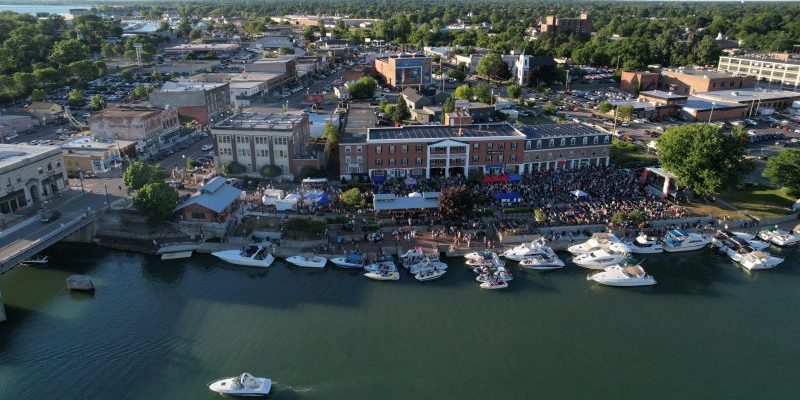
“We’re doing a lot of catch-up on our water and wastewater plant with multiple capital projects in the tens of millions of dollars,” says Mayor Tylec. “From our history of having significant industry, we have substantial capacity for water and sewer. The concern isn’t growing capacity but maintaining what we currently have and fixing aging areas.” This maintenance focus includes a citywide water and sewer infrastructure study to identify problem areas and secure additional grants. “In the last few years, we’ve acquired probably somewhere around $10 to $15 million just for infrastructure initiatives, with more on the way.”
The city’s sustainability efforts are organized under the Climate Smart Task Force, which Mayor Tylec created several years ago. “We are bronze certified and recognized by the state, which puts us at the top tier in the region. We’re working on different grants that will help with energy improvements and walkability aspects. We have green infrastructure projects going on right now that address our aging infrastructure while also taking a green approach with water runoff management.”
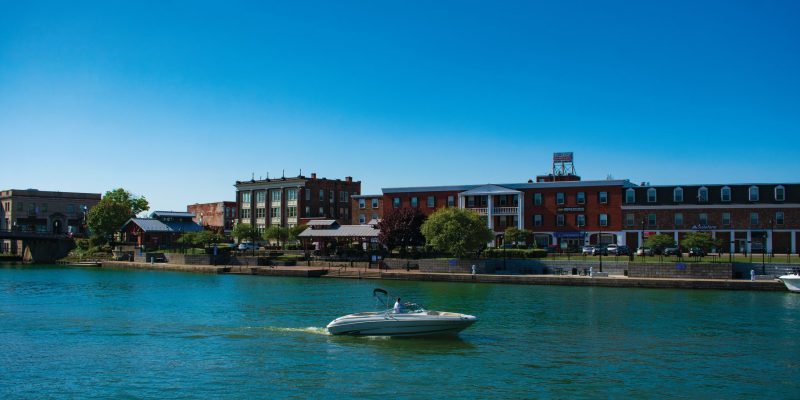
Energy efficiency has also been a priority. “We did a citywide conversion of all our streetlights to LEDs. That was a huge initiative resulting in hundreds of thousands of dollars of savings each year,” the mayor notes. Wilson adds that state-funded projects often incorporate sustainability requirements: “For affordable housing projects funded by the state, they need to be electric and include green initiatives. At 211 Main Street, we have a totally carbon-neutral building with a green roof and geothermal heating—that’s our poster child.”
Looking Ahead: Tourism Growth and Community Priorities
North Tonawanda’s strategic location between Niagara Falls and Buffalo positions it to capture tourism overflow, but city leaders recognize that significant opportunities remain untapped. Chief among these is the absence of overnight accommodation, which limits the city’s ability to fully capitalize on the region’s visitor traffic.
“Our biggest need is overnight accommodation in North Tonawanda,” Wilson states. “It’s a problem because we want to attract visitors who explore Niagara Falls for the day and then look for other activities in Niagara County. Our goal is to bring them to North Tonawanda, but if they don’t have a place to stay, it’s difficult.” Hotel development has been identified in all the city’s planning documents, though finding the right location remains a challenge. Mayor Tylec adds that the Tonawanda Island project will offer some relief: “There are going to be short-term rentals. The developers referenced allocating a portion of those residential units to be overnight Airbnb-type accommodations.”
Beyond tourism, the city has an ambitious slate of public investments planned. “This year alone, we’re going to have a major amount of publicly funded projects,” says the mayor. “We have a fully funded new aquatic facility that’s $8.4 million in the center of our city, next to our former pool that’s been there since post-World War Two. We also invested in connecting our bike paths to the Empire State Trails, focusing on biking and different ways people can connect with our city throughout NYS.” These public projects alone represent approximately $15 million in investment.
As North Tonawanda builds on its waterfront assets and historic downtown, its leaders, city department heads, and stakeholders remain committed to the patient work of planning and implementation. “Some projects take forever, some take decades,” Wilson reflects, “but seeing them come to life and the public’s reaction is the most exciting thing. Even if you have unsuccessful grant applications, there’s funding out there for anything. If you plan for it and are well prepared, you’re likely to get it. Just keep pushing forward.”
AT A GLANCE
Who: City of North Tonawanda
What: A mid-sized city of 32,000 residents with significant waterfront development and downtown revitalization initiatives
Where: Niagara County, New York
Website: www.northtonawanda.org
PREFERRED VENDORS/PARTNERS
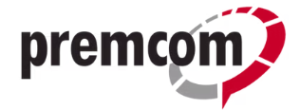
PremCom is Western New York’s premier full service IT provider, offering in-house network infrastructure, cybersecurity, VoIP, managed IT solutions, and infrastructure cabling. With over 30 years of expertise, we help businesses and municipalities modernize their technology, improve security, and enhance efficiency—all without outsourcing. PremCom delivers reliable, customized IT solutions that drive success.
Premcom Corporation: www.premcom.com

Tasner Machine & Tool, Inc. is a family owned and operated business seeking to expand its customer base by continuing to provide machining and fabrication services to growing and innovative companies and being part of the renaissance of Making American Manufacturing Great Again!
Tasner Machine & Tool, Inc.: www.tasnermachineandtool.com
